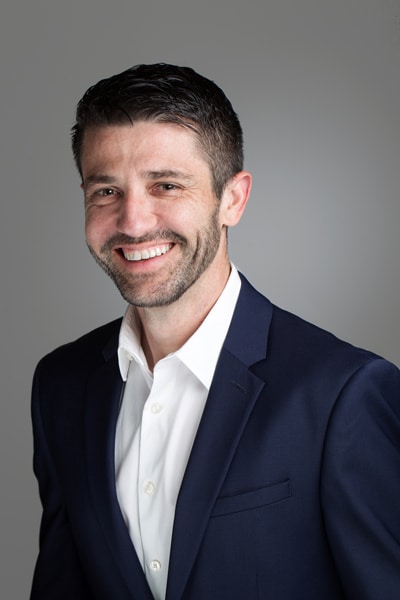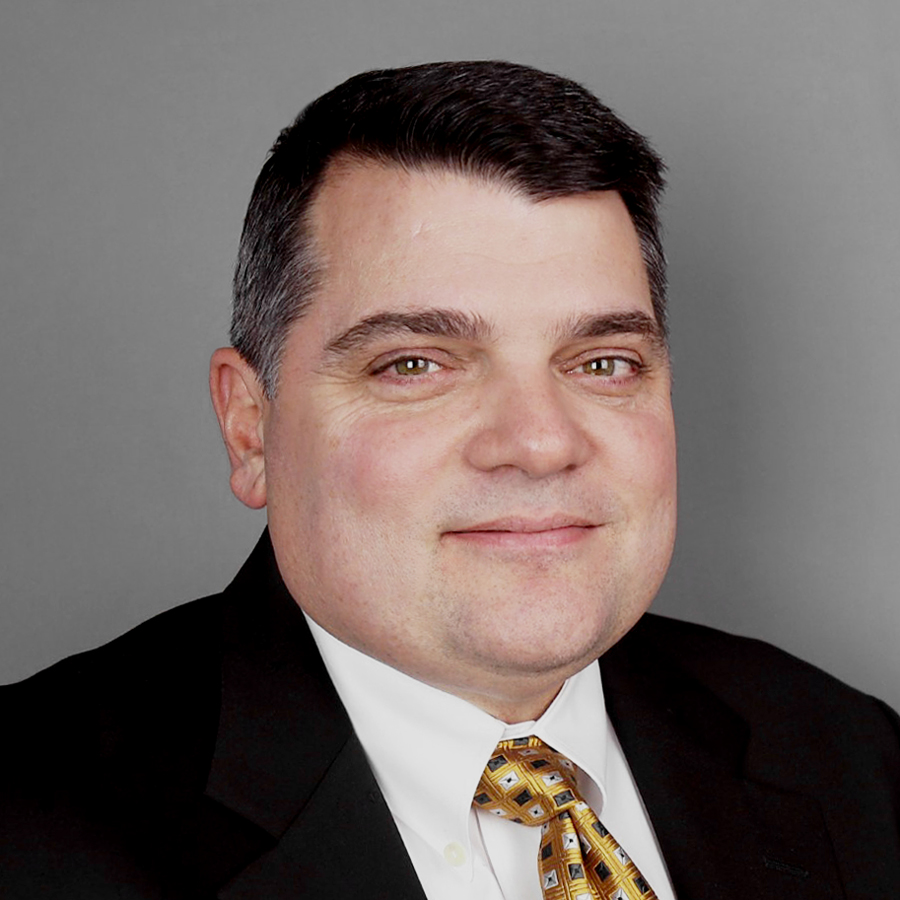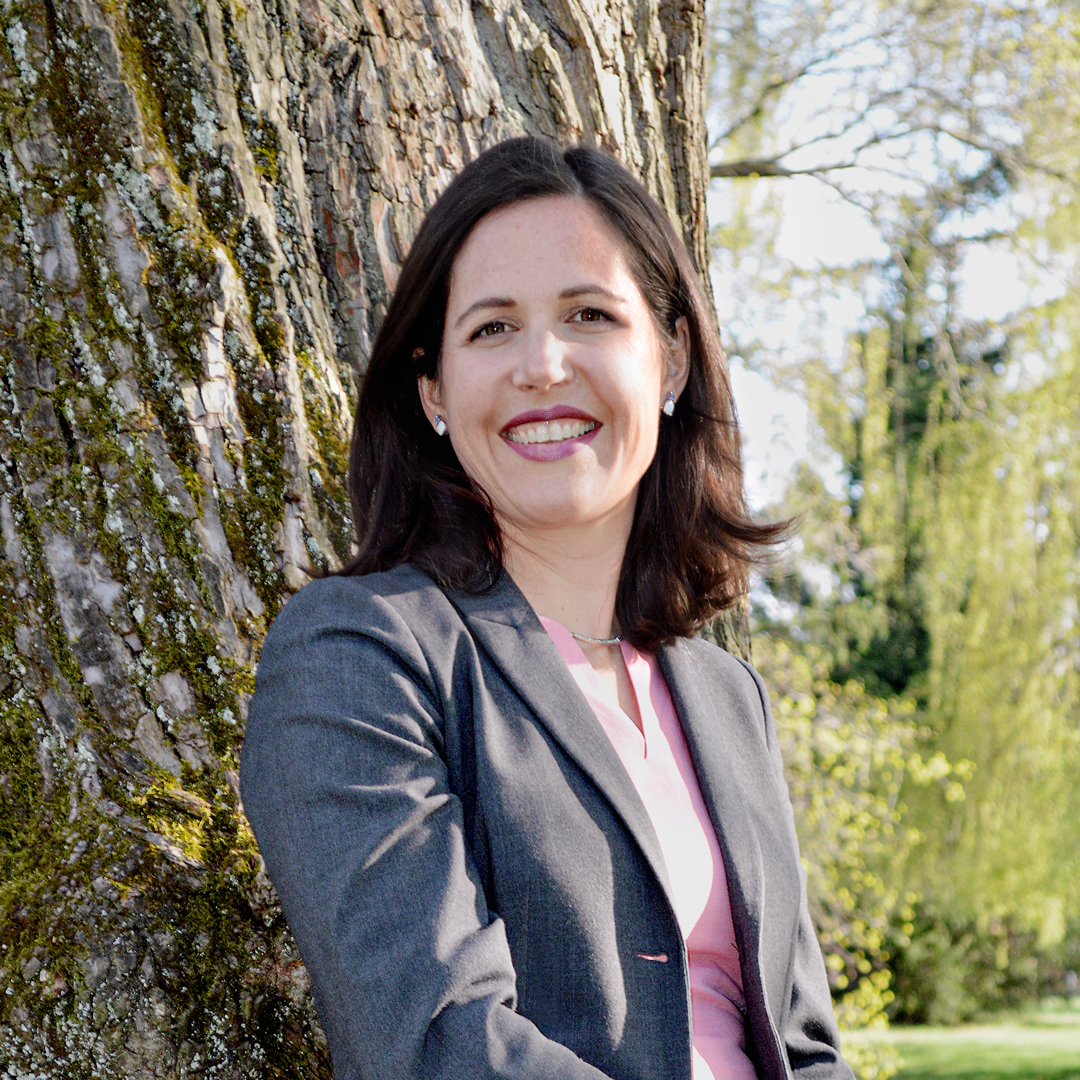|
Getting your Trinity Audio player ready...
|
“When I started my career, I thought I had it all figured out: I was going to major in computer science, and get a job at Hewlett-Packard (HP), Microsoft, or Apple.
My first job after college was working at HP—not in software development or hardware, but in recruiting. That job didn’t align with my studies or the path I had carved, but I threw myself into it nonetheless. As it turned out, I not only enjoyed it but also was really good at it. Ten years later I found myself responsible for leading a team recruiting more than four hundred people per month. Who knew that role would take me to Tesla, biotech start-up Nevro, and luxury online consignment store The RealReal?

I have always been fascinated with truly innovative companies that deliver great products and create a loyal customer base. I wanted to know how they were built. What did it take? How could I bring the same to the companies I worked for and into the recruiting process?
Initially I thought that all you needed to do was hire the best of the best, pay them well, and the rest will take care of itself. Simple, right? So, I did just that. I needed to understand what it meant to hire best in all key domains: product development, engineering, sales, customer service. After that I could crack the code on how to find and hire those people and consequently, build a great company. Working with some of the most established companies, such as Kellogg and US Cellular, made me realize that that reality was not so simple.
We built an innovation and technology hub and followed the same hiring formula. We hired the best of the best for big data and insights. Over time, it became obvious that it was not enough. We did not see any break-through products. Our market share continued to be stable at best, and there was nothing big that we could attribute to our hiring process. Something was missing.
It wasn’t until I worked at Tesla that I understood how innovative cultures strategically embrace diversity. That culture of innovation culture was present in all areas of Tesla, and it served as a guiding principle for all of our recruiting decisions and strategy. This was a critical factor that let us scale Tesla’s Energy division, previously known as SolarCity, from 3,400 to 13,000 employees in 3 years.
“It wasn’t until I worked at Tesla that I understood how innovative cultures strategically embrace diversity.”
It all looks like smooth sailing now, but when we were in the thick of it, there were many mistakes and many aha moments. When we expanded into Mexico, for example, most of our US recruiting team did not understand the language, culture, or the legal differences.
So, what was that secret sauce for an innovative culture? I found it to be three things:
A vision that unites people around a common cause. Different people are driven by different things. Some might be inspired by renewable energy, like we were at Tesla Energy, some by building new cars, some by healing people. Finding that match when hiring is as important as testing for skills and abilities.
A place where it is okay to make mistakes, but unacceptable not to learn from them. If you are moving fast and doing something new, you are bound to make mistakes. The key is to be transparent about them, fix them right away, and find solutions so that mistakes will not happen again in the future.
Provide freedom for employees to bring their whole selves to work. Admitting mistakes feels scary, and nobody is immune to that. You cannot create a culture of admitting mistakes by just telling people to do so. You have to lead by example and separate evaluating mistakes from judgment. This requires an inclusive environment, one that allows people to bring their whole selves to work and allows people to work on what needs to get done. This way, all creative energy can be focused on executing the mission of the company.
“I believe that many of the best executives are women and having diverse leadership builds a culture that focuses on results.”
Cultures that have those three elements will always out-execute companies that lack transparency, punish employees for mistakes, or prioritize short-term gains. These factors create a place where people love working for and are free to do the best work of their lives.
That is why Watermark’s mission is so important to me. Watermark is the largest women’s membership organization in the Bay Area, and its mission is to increase the number of women in leadership positions by empowering its members to make their mark in their companies, careers, and communities.
I believe that many of the best executives are women and having diverse leadership builds a culture that focuses on results. In the current climate, this is more important than ever because such focus allows us to raise above insignificant personal differences. It allows us to come together around a common cause, be it a pandemic or any other difficult issue.
I always remember that great people come from all backgrounds. Looking past gender roles and allowing people to be themselves is super critical to innovation. Employees will not only grow in their careers but also bring different perspectives and pay back with full focus on the results.
My advice to young professionals is that opportunities don’t look like opportunities. Throw yourself into it, give it your best—you may realize that you are really excellent at it. Look for companies that allow you to bring your whole self to work, for those are the places where you will flourish.”

